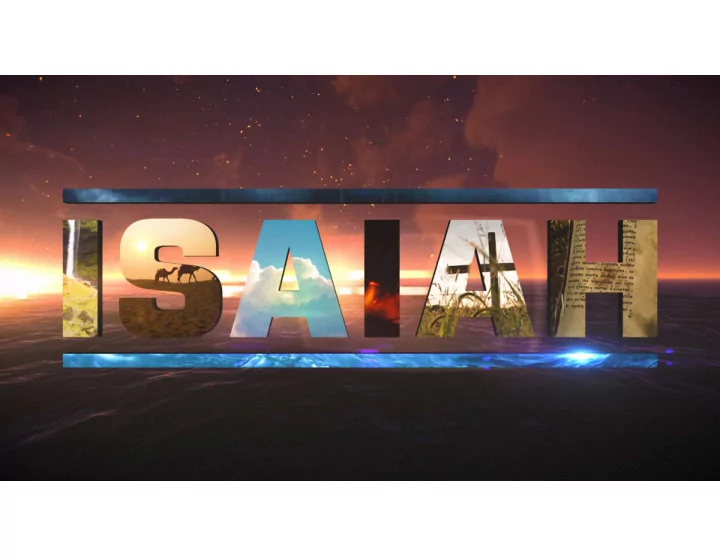

THE BURDEN OF TYRE ISAIAH 23 Tyre was a very prosperous seaport, perhaps the greatest port city of the ancient world, certainly on the Mediterranean at that time. It was the region just north of modern Israel known today as Lebanon. The people of Tyre were known as Phoenicians. The Phoenicians and their capital, Tyre, was also one of the nations that had come against the Israelites. They started out as seeming allies. In the 10th century BC, Hiram, king of Tyre, was instrumental in the building of the Temple in Jerusalem during the time of Solomon. 1 Kings 5:1-18 Biblically, the description that Ezekiel 26 gives is much more detailed than is that of Isaiah. 2
The Empire of Alexander the Great
Tyre, one of the top 10 archeological discoveries of 2007 according to the Archaeological Institute of America.
Satellite view of modern Tyre, Sur (Sour) South Lebanon.
A Phoenician warship on a coin (c. 340 BC). Until the 1960s, only dirt existed at the site of Ancient Tyre.
Roman Baths at a location 3 miles from the site of Ancient Tyre.
The original site of Tyre is a World Heritage History site and not inhabited to this day.
TYRE IN EZEKIEL 26 Ezekiel pointed out that there will be two enemies that will come against Tyre. The first one, Babylon under Nebuchadnezzar, would break down their walls, destroy their city. The second one, Alexander the Great, would take the rubble and cast it into the midst of the sea, and scrape even the dust of the city and cast it into the midst of the sea. 300 hundred years after Nebuchadnezzar, Alexander the Great, at 24 years old, came in his conquest of Tyre. Alexander the Great built the causeway out to Tyre and finally took the city of Tyre utterly destroying it and, the Bible says, “And thy place shall be a place for the spreading of nets.” Ezekiel 26:14 God kept His word . . . Tyre became a pyre! 9
THE JEWISH PEOPLE AND PHOENICIA Isaiah speaks of the Chaldeans or the Babylonians being the conquerors. God reminds us that the great Phoenician navy will become a byword. Both David and Solomon made use of workers and building materials from Phoenicia. 2 Sam. 5:11; 1 Kings 5:8-9 King Ahab married the Phoenician princess Jezebel, who promoted Baal worship in Israel. 1 Kings 16:29-33 THE THREE KEY POINTS: This was a declaration of God. v. 1-7 An explanation of who and why God is acting this way. v. 8-14 The anticipation of the future. v. 15-18 10
WHAT CAN WE LEARN FROM THESE BURDEN CHAPTERS? First, God is in control of the nations of the world, and He can do with them what He pleases. Second, God especially hates the sin of pride (See Isa. 13:11, 16:6, 23:9; Prov. 8:13 ). When nations turn from the living God to trust their wealth and their armaments, God must show them that He is the only sure refuge. Third, God judges the nations for the way they treat each other. Judah was the only nation mentioned that had God’s Law, yet God held the other ten Gentile nations accountable for what they did. “For as many as have sinned without law will also perish without law.” Rom. 2:12 Finally, God always gives a word of promise and hope to His people. Babylon will fall, but God will care for Judah. Isa. 14:1-3, 32 11
Recommend
More recommend